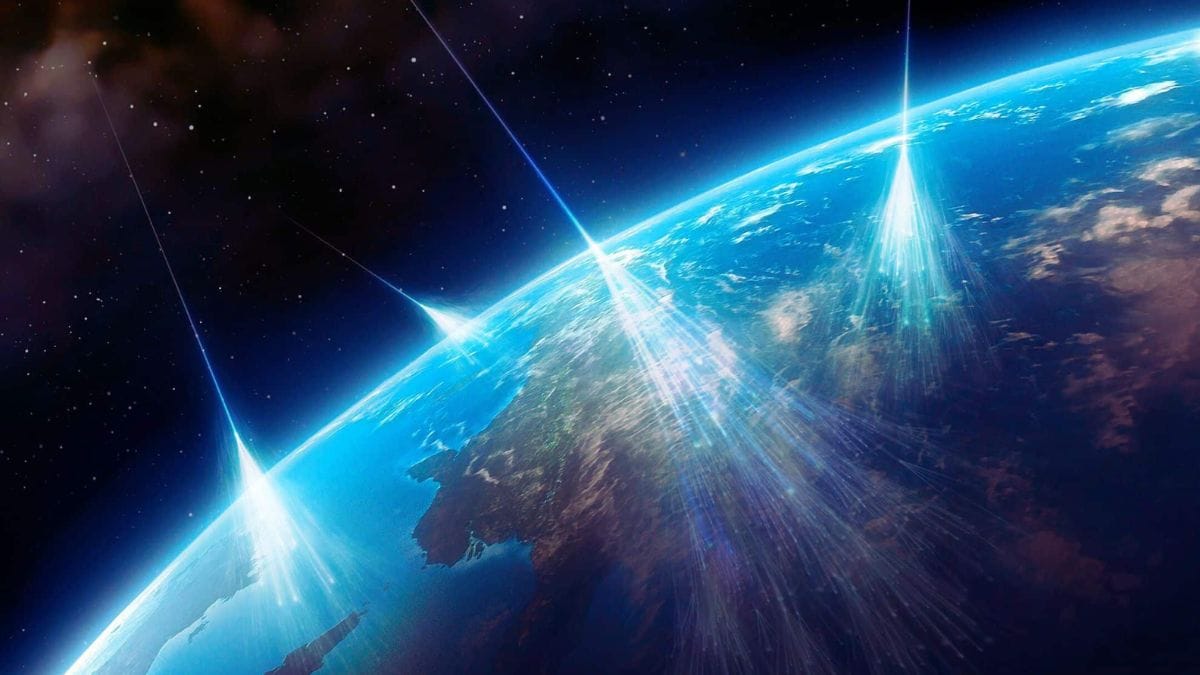Scientists Explore Role of Space Radiation in Powering Alien Microbial Life

The search for alien life traditionally focuses on planets in the “Goldilocks zone” — the orbital band where surface water can exist. But new research suggests life might thrive far from starlight in a so-called “radiolytic habitable zone,” where penetrating cosmic rays break buried water molecules (a process called radiolysis) into hydrogen, oxygen and energy-rich electrons. Simulations of icy worlds like Mars, Europa and Saturn’s moon Enceladus show cosmic rays can reach subsurface water. Researchers suggest these electrons could fuel microbes in hidden reservoirs, effectively creating underground oases of life.
According to the new study, cosmic rays are fast-moving particles (electrons, protons or nuclei) blasted out by supernovas and distant stars. On Earth, most are stopped by our magnetic field and thick atmosphere. But Mars and the icy moons (which lack such shields) get hit directly; their thin air or vacuum allows rays to penetrate deep into ice and rock. When these particles strike water or ice, they trigger radiolysis – shattering molecules and freeing hydrogen, oxygen and electrons. Some Earth microbes already exploit this: for example, a bacterium 2.8 km underground in a gold mine lives entirely on hydrogen produced by radioactive decay.
Dubbed the “Radiolytic Habitable Zone,” this hidden-energy band lies beneath ice or rock where cosmic rays can sustain life. Simulations show Saturn’s icy moon Enceladus has the highest radiolytic potential, followed by Mars and then Jupiter’s moon Europa. NASA’s upcoming Europa Clipper mission and telescopes like ALMA will probe these frozen worlds for chemical signs of life. Even more intriguingly, cosmic-ray impacts can directly create complex organic molecules (for example, amino-acid precursors) in ice. Because cosmic rays pervade the galaxy, even a rogue planet adrift in space would be bathed in intense radiation.
As Dimitra Atri, an astrophysicist and co-author of the new study puts it, “life might be able to survive in more places than we ever imagined”, suggesting hidden biospheres could exist in many cold, dark niches.